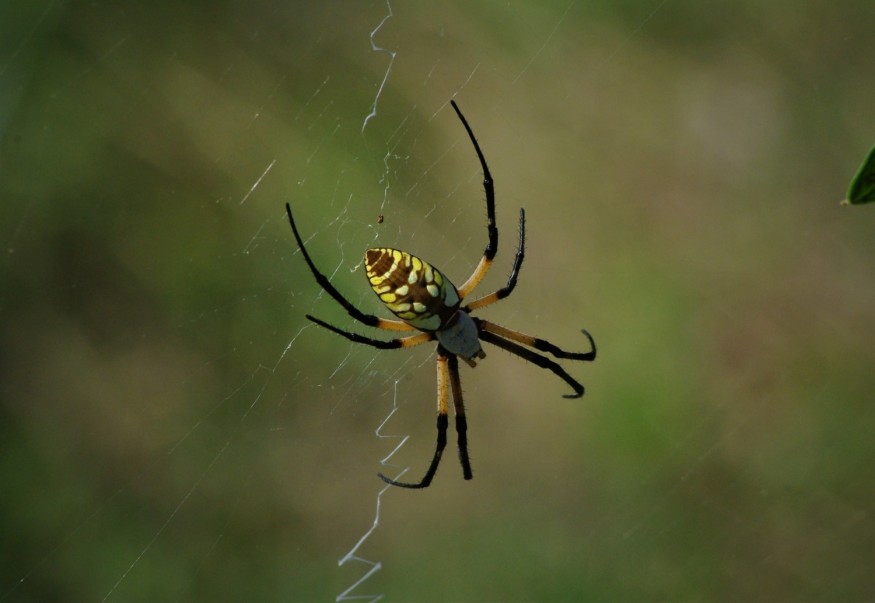Brazilian wandering spiders belong to the genus Phoneutria and are represented by eight spider species that are native to Central America and South America. This spider group is also collectively known as armed spiders and banana spiders. In Brazil, they are locally known as "aranha armadeira" which means armed spider. With these, some people often wonder if a person can survive after being by a member or species of this group.
What is a Brazilian Wandering Spider?

The genus Phoneutria, which the Brazilian wandering spider and related spider species belong to, was first described in 1833 when two species was included on it. The following century saw various scientists to move the Phoneutria species between genera Phoneutria and Ctenus. In 1936, Mello-Leitao restored Phoneutria and currently contains eight species, as reported by the University of Florida.
Banana spiders, a name given to the arachnid group due to their frequent presence on banana leaves, are large and robust arachnids in the family Ctenidae. They resemble the morphological appearance of wolf spiders. In addition, their body length can grow ranging from 17 and 48 millimeters and their leg span can reach 180 millimeters. Their distinct color ranges from light brown, brown, or grey. Furthermore, the natural habitats of armed spiders are forests.
What Happens If It Bites You?
The natural prey of Brazilian wandering spiders includes small animals like crickets, mantids, and katydids, and larger ones like bats, frogs, and lizards. However, they can still bite humans and other animals not native in their habitats. In the past, scientists have identified that the bite of banana spiders living in Central and South American rain forests can lead to shortness of breath and excessive salivation.
According to wildlife experts, a Brazilian wandering spider bite can also lead to other serious symptoms, including increased blood pressure, above-normal pulse, and unusual respiratory rate, as well as extreme pain, hours-long penile erection, and death, in some cases. These spiders inject neurotoxin venom to its bitten victim and can be deadly to humans, particularly for children. However, it is not the world's deadliest spider.
Venomous Spider
In a study published in the journal Frontiers in February 2023, researchers stated that the Brazilian wandering spider is amongst the world's most dangerous venomous spiders in the world. In Brazil, there have been an estimated 4,000 envenomation accidents of Phoneutria nigriventer spider species each year in Brazil. Additional symptoms were also observed, including blurred vision, priapism, and vomiting.
The armed spider only follows the world's most venomous spider, which according to the Guinness World Records, is the Sydney funnel-web spider (Atrax robustus).
Like the Brazilian wandering spider, the venom of A. robustus can be neutralized by anti-venoms but some cases still lead to deaths when these arachnids bite a human, who did not receive any medical attention. Experts also weigh that the mortality of venom depends on the amount that enters a human body.
© 2025 NatureWorldNews.com All rights reserved. Do not reproduce without permission.





